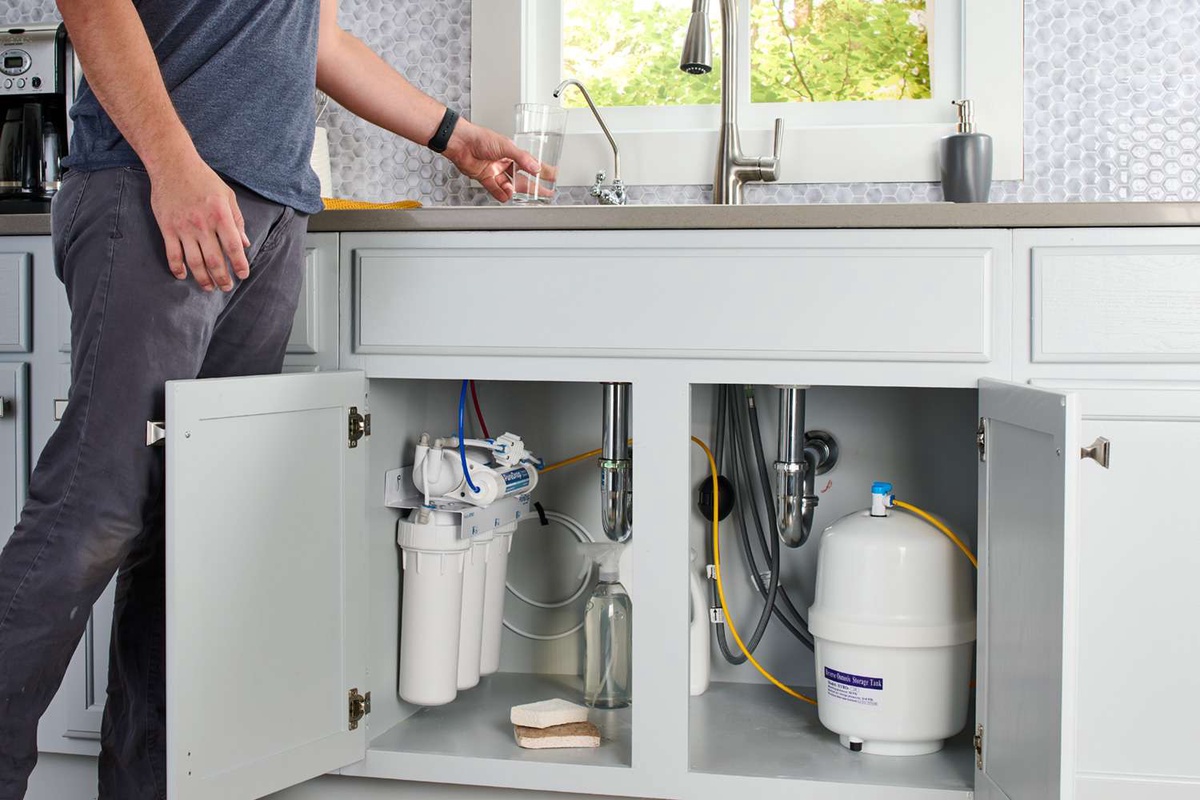Reverse osmosis (RO) systems have become increasingly popular for home water purification due to their effectiveness in removing contaminants and providing clean drinking water. However, like any complex system, RO systems may encounter issues from time to time. Understanding these common issues and knowing how to troubleshoot them can help ensure the continued performance and longevity of your RO system.
Low Water Pressure:
One of the most common issues with the Reverse Osmosis system is low water pressure. This can result in slow water production and inadequate flow from the faucet. Low water pressure may be caused by various factors, including clogged filters, insufficient air pressure in the storage tank, or a malfunctioning booster pump (if applicable). To troubleshoot this issue, start by checking and replacing any clogged filters. If the problem persists, ensure that the storage tank's air pressure is within the recommended range and inspect the booster pump for any signs of damage or malfunction.
Strange Taste or Odor:
Another common complaint associated with RO systems is a strange taste or odor in the purified water. This issue can arise due to several reasons, such as expired or contaminated filters, bacterial growth within the system, or a malfunctioning membrane. To address this issue, begin by replacing all filters and sanitizing the system according to the manufacturer's instructions. If the problem persists, inspect the membrane for any signs of damage or fouling, and consider replacing it if necessary.
Wastewater Production:
RO systems generate wastewater as part of the purification process, with only a portion of the incoming water being converted into purified water. However, excessive wastewater production may indicate an underlying issue with the system, such as a faulty flow restrictor, improperly sized system components, or inefficient operation. To troubleshoot this issue, check the flow restrictor for any blockages or damage and ensure that it is properly sized for your specific RO system. Additionally, consider optimizing the system's operation to minimize wastewater production while still maintaining adequate water purity.
Leaks or Drips:
Leaks or drips from the RO system are another common problem that homeowners may encounter. These leaks can occur at various points in the system, including the fittings, tubing, or faucet connections. To address this issue, carefully inspect all connections and fittings for any signs of damage, wear, or loose connections. Tighten any loose fittings and replace any damaged components as needed. Additionally, consider using thread seal tape or pipe joint compound to create a watertight seal at connections.
Decreased Water Quality:
Over time, the water quality produced by an RO system may decline, leading to an increase in contaminants or a decrease in taste and odor. This can be attributed to several factors, such as aging filters, membrane degradation, or changes in water quality. To improve water quality, regularly replace all filters and sanitize the system to prevent bacterial growth. Additionally, consider testing the incoming water quality and adjusting the system's operation or upgrading components as necessary to maintain optimal performance.
Final Thoughts:
While reverse osmosis systems are generally reliable and effective at providing clean drinking water, they may encounter occasional issues that require troubleshooting. By familiarizing yourself with these common issues and their respective solutions, you can address problems promptly and ensure the continued performance of your RO system. Additionally, regular maintenance and proactive monitoring can help prevent issues from arising and prolong the lifespan of your RO system, providing you with clean, healthy water for years to come.


No comments yet